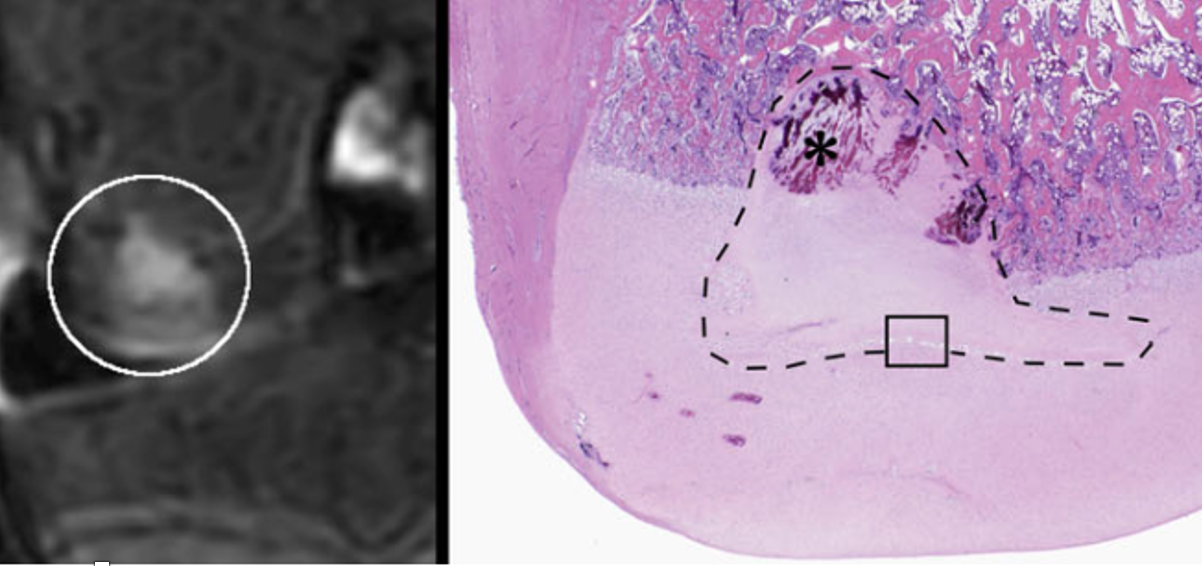Newly funded: Gaining a handle on the nuances that lead to juvenile orthopedic diseases
November 4, 2021

Editor's note: A pair of new funding awards for College of Veterinary Medicine faculty members will tackle joint disorders caused by impaired blood flow—with ramifications for the development of osteoarthritis.
Assistant Professors Ferenc Toth and Casey Johnson will lead and co-investigate parallel studies, one aiming to better understand juvenile osteochondritis dissecans and one that aims to detect earlier a hip disorder called osteonecrosis of the femoral head that is often the precursor to a hip replacement.
Last week, we looked at the new funding award for Dr. Johnson. This week, we highlight Dr. Toth’s award.
Bone development requires consistent blood flow, and the inhibition of blood flow can lead to orthopedic diseases like juvenile osteochondritis dissecans (OCD) in children and young adults. The disease can lead to early onset osteoarthritis.
Recent studies have shown something called epiphyseal cartilage necrosis—lesions caused by lack of blood flow to joints—is the radiographically invisible precursor to juvenile OCD. Yet it remains unclear to what extent the failure of blood flow, combined with biomechanical stressors, determine whether these lesions heal on their own or manifest as clinical disease.
New funding from the National Institute of Arthritis and Musculoskeletal and Skin Diseases will help Ferenc Toth, DVM, PhD, DACVS, in the Department of Veterinary Clinical Sciences, understand what factors influence the development, progression, and healing of juvenile OCD lesions.
Toth and his colleagues believe the degree of vascular compromise can predict whether a youth develops the disease, and that how it progresses is influenced by biomechanical stressors (internal or external factors that exert stress on the body, such as high-impact athletic activity). To see if they’re right, the team will study in pig models the relationship between the severity of blood flow inhibition to the cartilage in the knee joint and the development of juvenile OCD.
They will then look at the role low- or high-impact biomechanical stress plays in the disease progressing from not clinically apparent to one that manifests in joint pain and limping. In a future study, the team wants to investigate whether an oral dose of platelet inhibitors can decrease the occurrence of the disease in pigs.
Toth’s one-year award amounted to more than $437,000, and the project began in September.
Because juvenile OCD can often lead to osteoarthritis, Toth and his team hope for a better understanding of how blood-flow changes to the joints, coupled with biomechanical trauma, contribute to the development of the disease—and ultimately, that the results will provide insight into how to prevent it. Another bonus: the findings could be applied to other juvenile ischemic joint diseases like Legg-Calvé-Perthes disease.


